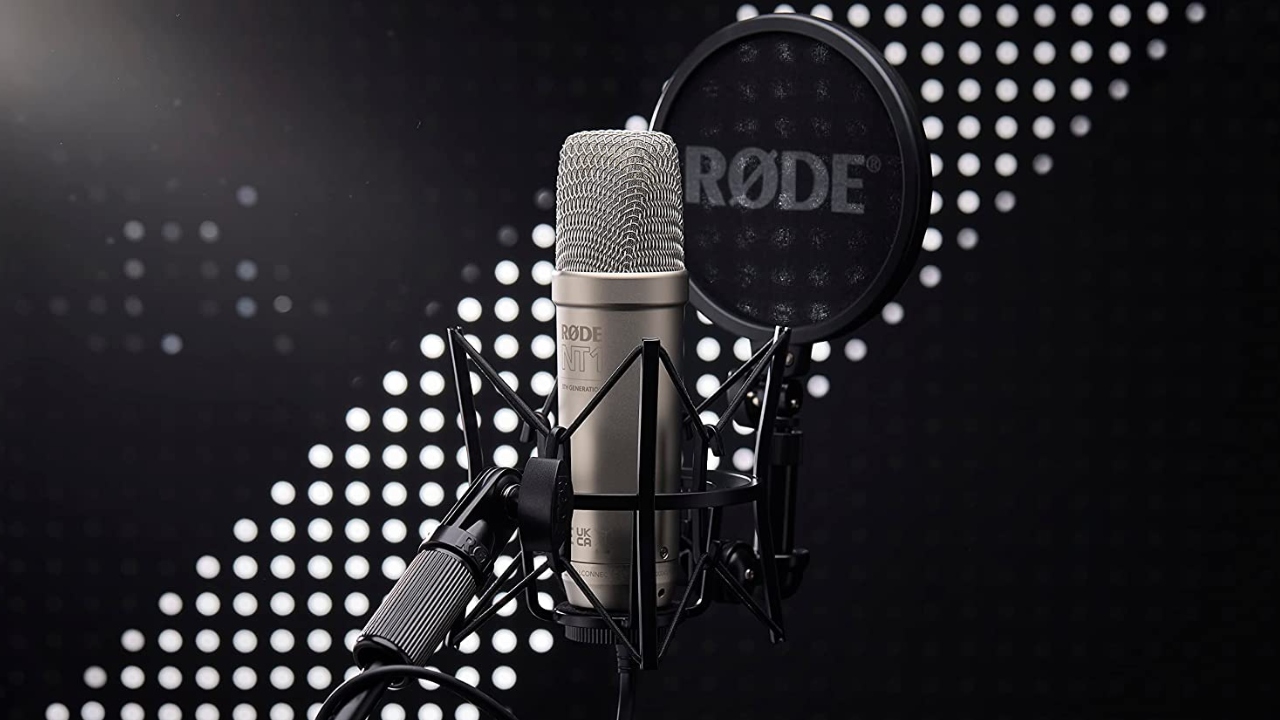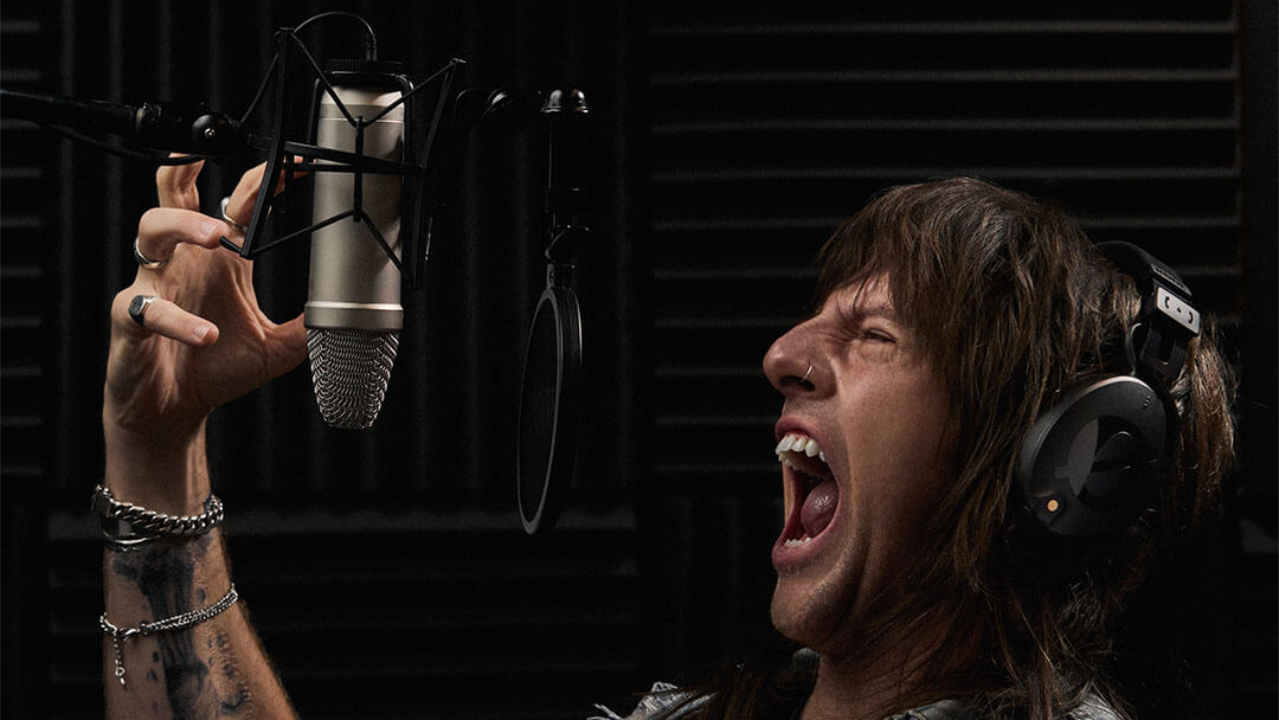
In 1997, RØDE Microphones released the NT1, a condenser microphone that became a flagship for the company with its outstanding quality. Now, 26 years later, the audio giant has released a new generation that is not just an update of the microphone but the next step in an evolution of microphones that caters to content creators of all kinds, whether in the studio or at a streaming setup. The RØDE NT1 5th Generation microphone is so much more than a run-of-the-mill condenser microphone.
The box was a lot larger than the average microphone box, which meant only one thing…a big unboxing experience. In the box, you get the mic and a carrying bag, a shock mount with a pop filter, a 3-metre USB-C to USB-C cable and a 6-metre XLR cable. So why does it come with a USB and XLR Cable? BECAUSE THIS MICROPHONE CAN SUPPORT BOTH USB AND XLR! The fact that you can hook it up directly to the computer or into your favourite XLR interface is one of many exciting improvements in the RØDE NT1 5th Gen mic. I have even more on this in a bit.

The microphone itself is a beautiful, solidly built device that comes together beautifully with its shock mount. It is worth noting that there is no way to mount this microphone to a stand or an arm without the shock mount. The pop filter secures nicely into the shock mount, and the three pieces, all large on their own, come together in a smaller-than-expected profile. Many mics with a similar setup would tend to block my face during a stream, but this one was surprisingly low-key.
Some notes on the NT1 5th Gen mic: despite being a USB microphone, it does not have a headphone jack for zero-latency monitoring. You can hear yourself when connected to a computer, but there will be a delay that will almost certainly mess you up if you are trying to monitor your voice as you broadcast. For use as an XLR microphone, you need only hook the headphones up to your interface and monitor normally.
“The sound on the RØDE NT1 5th Gen microphone is fantastic.”
The sound on the RØDE NT1 5th Gen microphone is fantastic. The series of mics that was already known for sounding good had some improvements made over the decades, and these latest ones are next level. Aside from the hybrid USB/XLR functionality, the mic offers a 1-inch gold-sputtered diaphragm and the world’s first 32-bit float on a studio microphone. This gives you a dynamic range that is so impressive that it simply denies bad audio.

Are you used to your mic clipping when you speak too loudly, so you fix the levels, only to have your voice come in too low in places? Not anymore. Set your levels for your normal voice, and the float takes care of the rest. Scream your guts out. The audio will not distort on you.
The NT1 5th Generation microphone is also as quiet as a mouse for a condenser microphone when it comes to ambient noise. If you tempt fate and have the mic next to some loud computer, you’ll probably hear some noise. But if you are just in an everyday, non-sound-treated room, you are not going to be annoying your listeners with room noise.
If you want to take a great-sounding microphone with little ambient noise and make it even better, the RØDE NT1 5th Generation microphone has an onboard DSP and connects to one of my favourite software solutions, UNIFY from RØDE X. I was beginning to get worried after the release of the RØDE NT USB+ that we were only going to see a limited number of microphones actually be able to access UNIFY outside of purchasing the software.

Inside of UNIFY, not only will you be able to control all of the APHEX-proprietary processing that occurs directly on the NT1 5th Gen mic, you will have access to a complete digital version of the RØDECaster Pro, with multiple sources to allow you to add music, game audio, browser, chat and more, plus recording capability and a full soundboard that comes pre-loaded with sounds, but can easily be substituted out for your own.
For processing, you have access to a full complement of options, including a noise gate, compression, APHEX’s Aural Exciter and Big Bottom, and so much more. With these things in place, you take the minuscule things that could possibly bother you and make them disappear.
If, when using XLR, you connect to a RØDECaster Pro or RØDECaster Pro II, you’ll have access to the same processing. If you choose a different audio interface, you may have access to different processing options, depending on the interface (or its software, where applicable).
The RØDE NT1 5th Generation microphone is available now and can be purchased in silver or black. The mic is available for $249 USD which, in my mind, is more than worth it for the studio-level quality you get with this microphone.
